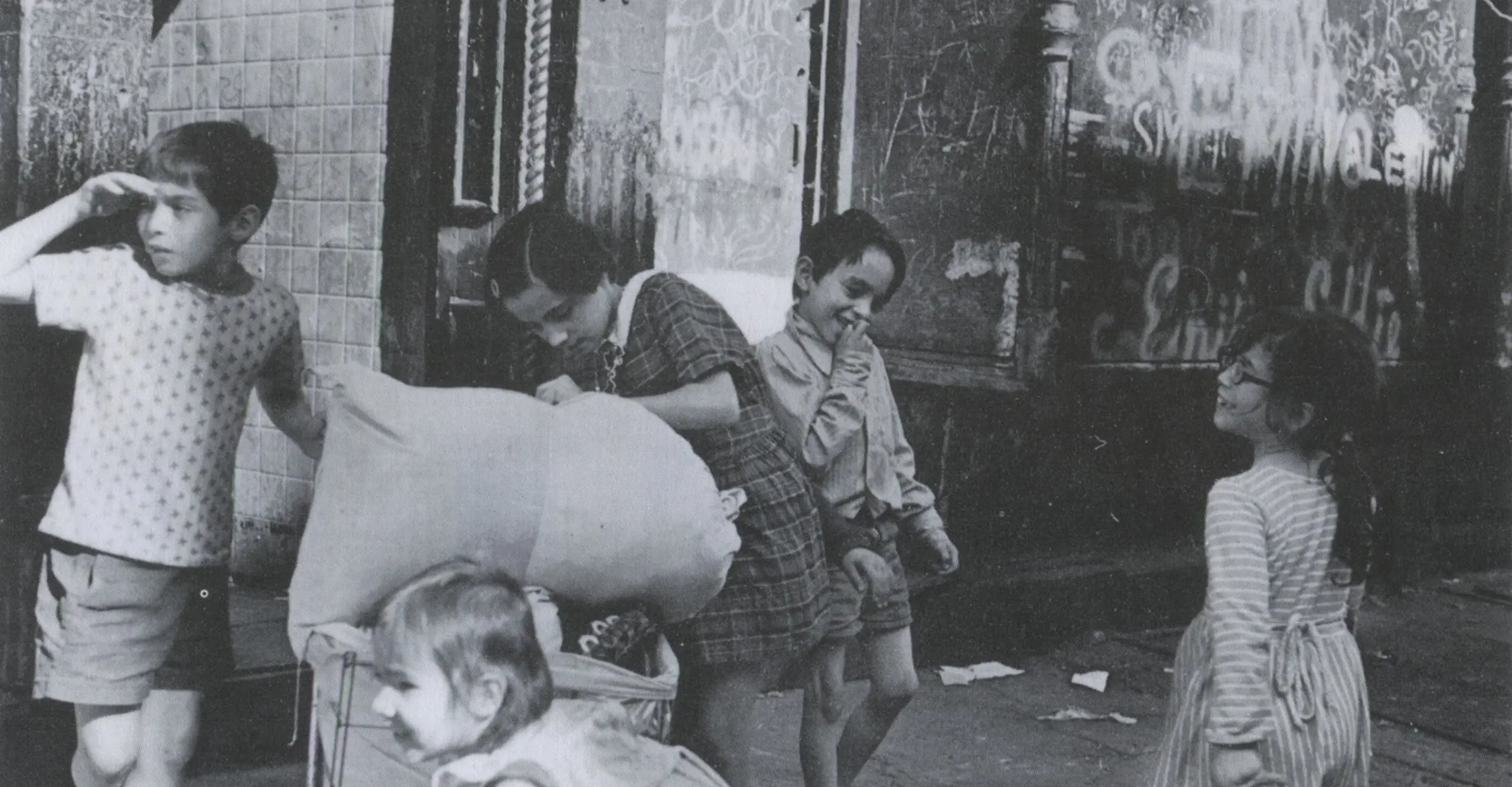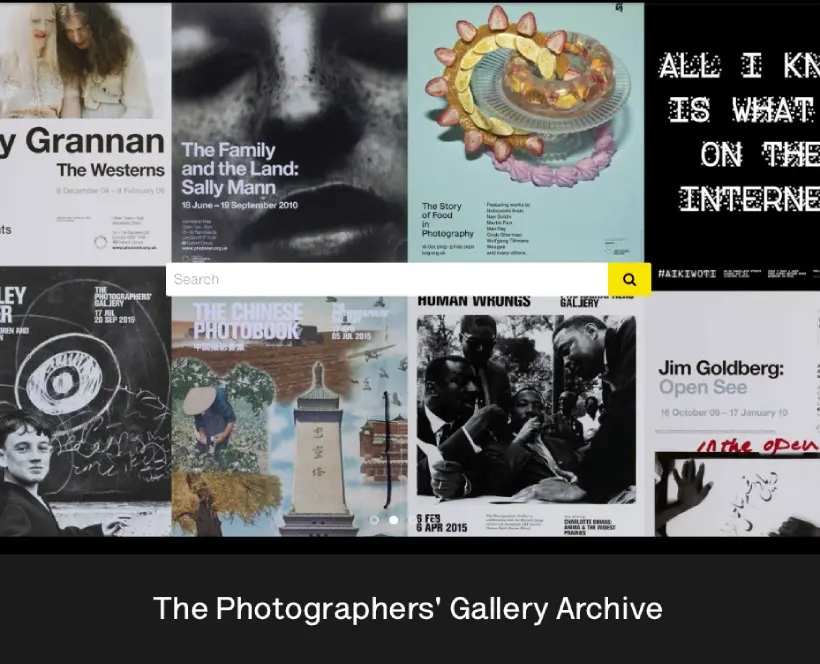Although the transcendent image of New York's skyline has served as one of the romantic landscapes of modernism, it is the city's streets, sites of volatile human experience, that have had the more profound impact on the visual language of 20th Century photography. Helen Levitt has been one of the most committed and eloquent of New York's street photographers, refining her chronicle of life in the city's ethnic and working class neighbourhoods over more than fifty years.
Inspired by the work of Cartier-Bresson and Walker Evans, Levitt began taking photographs in the late 1930s and gradually formulated her own version of the 'decisive moment' aesthetic . At this time, in an effort to enhance the candid naturalism of her work, she often used a Leica camera fitted with a prism lens. This also allowed her to maintain a sense of detachment from her subjects, something that remains a key to reading her photographs. For Levitt's 'way of seeing', which has been casually termed documentary, is not confrontational, nor is she preoccupied with the notion of objectivity . She is largely concerned with a search for the particular, and this has involved a highly selective attitude to both formal values and subject matter. Levitt has consistently taken a positive view of the street, where the joyous takes precedence over the squalid and the desperate; it is a view that rarely touches on the darker side of city life.
Since the 30s the tone of Levitt's New York photography has been one of affirmation, an affirmation of survival in which the expressions, rituals and markings of children have played a central and symbolic role. Such an approach has been part of a wider humanist tradition and it is, not surprising that Levitt's work was included in the Family of Man exhibition of 1955. But her photographs resist the sentimental, and the bland cultural imperatives of the Family of Man, with a level of visual sophistication that constantly pulls the viewer back to issues of picture-making and photography.
After World War II Levitt became involved in number of documentary film projects, notably collaborating with James Ages and Janice Loeb on the short 16mm film 'In The Street' (1951). When she returned to still photography, as the recipient of two Guggenheim grants in 1959 and 1960, Levitt began to work in colour. Her colour photographs from the 60s and 70s show a maturity of vision. The images became more conscious essays in selection and arrangement, in which colour never dominates but is played off against the pitted and scarred greys of city surfaces. Here we sense Levitt's intuitive response to the visual codes of this environment, where colour and social interaction go uncoordinated, where bright clothes and planes of vivid emulsion collide with satisfying dissonance. It is this texture of life, delicately seen, that gives the photographs their emotional charge and forms the wider subject of Levitt's work.
During the 1980's Levitt has returned to black and white photography and so to the more sober qualities of her earlier work. In April 1988 she was winner of a prestigious Peer Award from The friends of Photography in California in recognition of her distinguished career.
This exhibition includes a selection of Levitt's more recent images, made since 1970, and concentrates on the colour photographs that are generally regarded as her most important work.
Curated by by David Chandler
For further information on this and past exhibitions, visit our Archive and Study Room.

